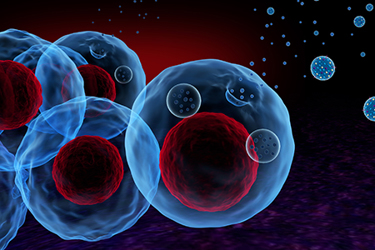Extracellular Vesicle/Exosome Upstream Process Development: Maximizing Productivity To Accelerate Clinical Adoption
By Stephen Lenzini

Mesenchymal stromal cells (MSCs) release lipid-bound extracellular vesicles (EVs), a broad category of tiny nano-sized particles including exosomes that mediate cell-cell communication, tissue homeostasis, and physiology. When delivered in vivo, human MSC-EVs (hMSC-EVs) are increasingly shown to combat numerous models of disease and are currently being tested in human trials against clinical indications including kidney disease, lung disease, diabetes, and severe complications from COVID-19 infection.
Achieving a manufacturing lot size containing hundreds or thousands of this clinical dose remains a significant challenge and requires the strategic development of a scalable bioprocess solution. A strategy for the development of scalable hMSC-EV manufacturing can be best understood by disassociating the approach into three distinct process arms:
- Increasing hMSC-EV production in upstream process
- Maximizing hMSC-EV recovery, concentration, and purity in downstream process
- Providing robust, high-quality hMSC-EV standardization with characterization
In this blog, discover feasible strategies to maximize the number of hMSC-EVs generated by the upstream process and how to make well-engineered hMSC-EVs a thriving therapeutic modality.
Get unlimited access to:
Enter your credentials below to log in. Not yet a member of Cell & Gene? Subscribe today.
